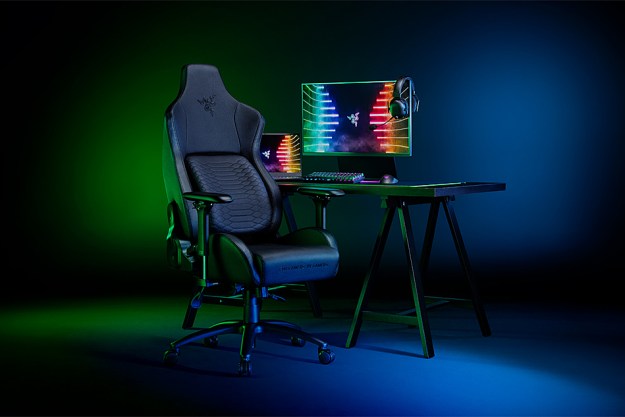
Just when you thought the massive hacker stories were over for the evening, another twist comes in: Hacker George ‘GeoHot’ Hotz, who recently settled a lawsuit with Sony for publishing a PlayStation 3 crack online, now works for Facebook, according to various sources. His exact position with the company is unclear, but he may be on a the development team tasked wit building the social network’s rumored new iPad app.
The rumor of Hotz’s break into “legitimate” product development comes first from jailbreak hacker Joshua Hill (aka p0isixNinja), who said in a recent interview that Hotz had made the move. Hill reportedly challenged Hotz to a iPad 2 jailbreak duel. (Both hackers come from an iOS-cracking background.) Hotz declined, saying that he wanted to remain out of the attention of the media after the debacle with Sony.
Gabe Rivera, creator of news aggregator Techmeme, said that he noticed on Hotz’s Facebook page a message that reads, “Facebook is really an amazing place to work…first hackathon over.” Hotz reportedly published that post on June 17, but he is said to have worked at Facebook since May.
Hotz has become somewhat of a symbol for the hacking community. Hacktivist group Anonymous launched a distributed denial of service (DDoS) attack on Sony in April as retribution for suing Hotz. Coincidentally or not, the DDoS onslaught came at the same time as a monstrous breach of Sony’s PlayStation Network put the personal data of as much as 100 million people worldwide at risk.
Those hacks became the preface to an ongoing campaign by Lulz Security, who hacked Sony in a variety of ways. The group later went on to attack everyone from PBS to the CIA. By chance, LulzSec announced tonight that it was disbanding, and would never perform another cyberattack under the LulzSec pirate flag again. There is so far no evidence that GeoHot going corporate has anything to do with LulzSec’s sudden death.
Watch the interview with Hill and Craig Fox, founder of My Great Fest jailbreak convention:


